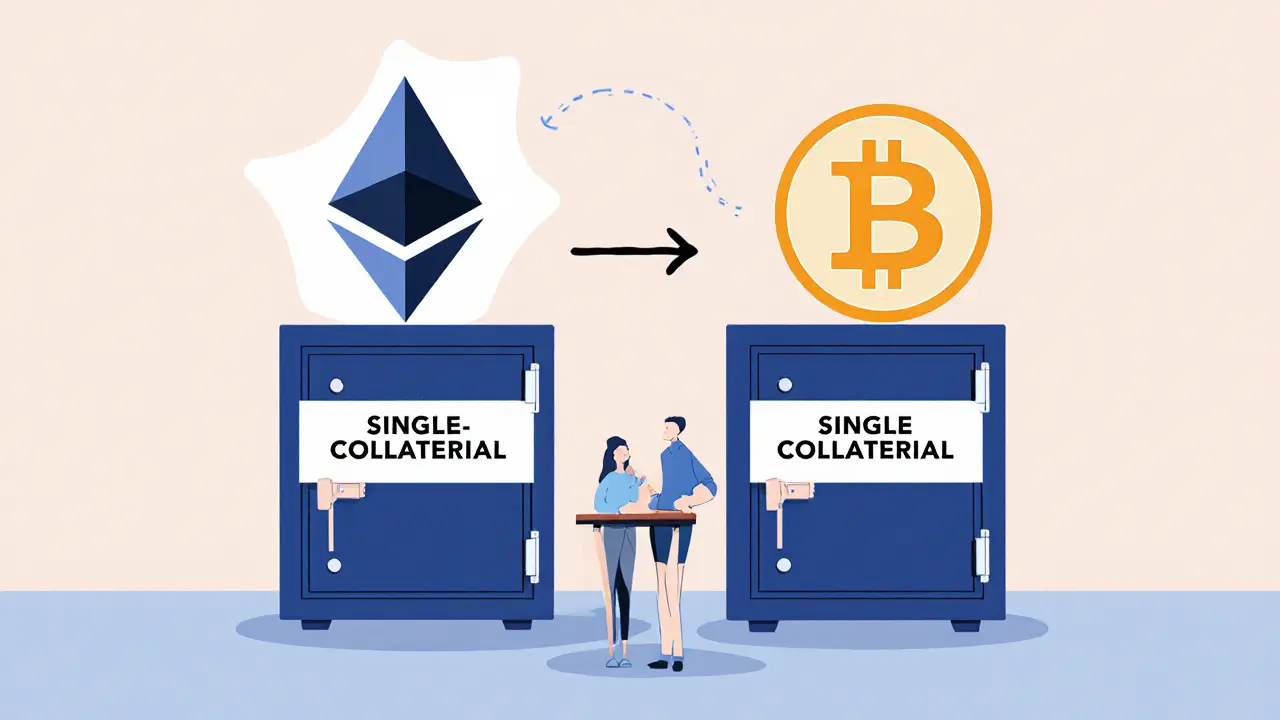MakerDAO: What It Is, How It Works, and Why It Matters in Crypto
When you hear about MakerDAO, a decentralized autonomous organization that issues and manages the DAI stablecoin. Also known as the Maker Protocol, it's one of the oldest and most trusted systems in decentralized finance. Unlike banks or centralized companies, MakerDAO runs on code—no CEO, no headquarters, just smart contracts on Ethereum that keep DAI worth exactly $1. It doesn’t print money. It doesn’t hold cash reserves. Instead, it locks up crypto like ETH as collateral to create new DAI, and it uses a mix of fees, auctions, and incentives to keep everything balanced.
At the heart of MakerDAO is the collateralized debt position, a user-controlled vault where crypto assets are locked to borrow DAI. If you deposit ETH into a Maker vault, you can draw out DAI against it—like taking a loan secured by your digital assets. But if ETH’s price drops too far, the system automatically sells part of your collateral to cover the loan. This keeps DAI stable even when markets crash. It’s not magic—it’s math, rules, and economic pressure working together. That’s why DAI is used everywhere: on exchanges, in DeFi apps, and by people in countries with unstable currencies who need a reliable digital dollar.
MakerDAO also relies on its native token, MKR, which gives holders voting power over changes to the system—like adjusting interest rates or adding new types of collateral. This isn’t just governance; it’s a live experiment in decentralized decision-making. And while many DeFi projects come and go, MakerDAO has survived bear markets, hacks, and regulatory scrutiny because it was built to be simple, transparent, and self-correcting.
You’ll find posts here that dig into how MakerDAO compares to other stablecoins, what happens when collateral values swing wildly, and why some traders use DAI to avoid volatility without leaving crypto. Others look at how MKR tokenomics influence system stability, or how new types of collateral like real estate tokens might one day be added. There’s no fluff—just real-world mechanics, risks, and outcomes from people who’ve used it.
Whether you’re holding DAI, voting on MKR proposals, or just trying to understand how a stablecoin can exist without a bank, this collection gives you the facts—not the hype. What you’ll find below are honest reviews, technical breakdowns, and lessons from actual users who’ve navigated MakerDAO’s system. No theory. No promises. Just what works, what doesn’t, and why it still matters in 2025.
Multi-Collateral vs Single-Collateral Systems in DeFi: What You Need to Know
Multi-collateral and single-collateral systems are two ways DeFi protocols back stablecoins and loans. One lets you use many assets; the other uses just one. Here's how they differ, who uses what, and which one suits your needs.
Details +